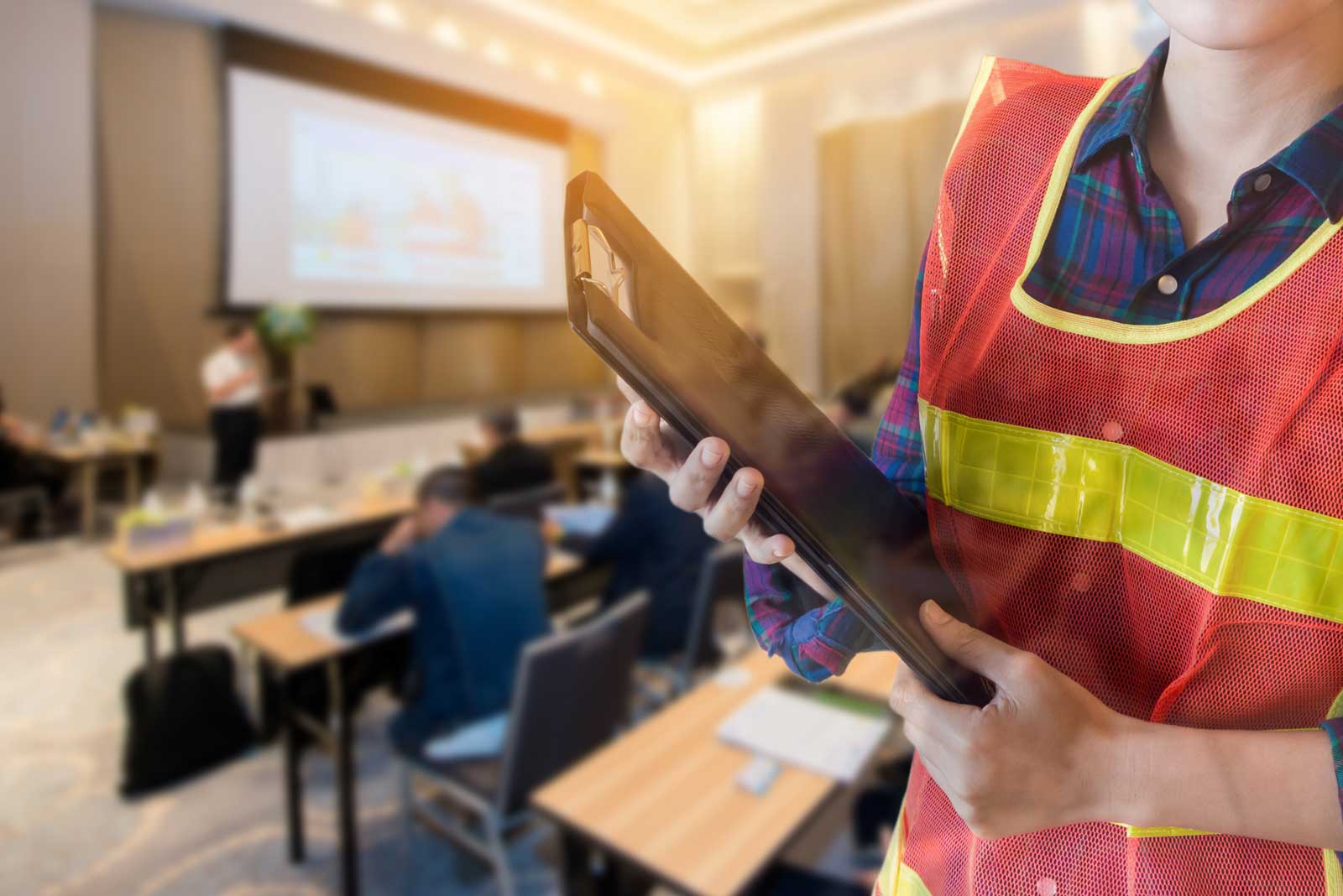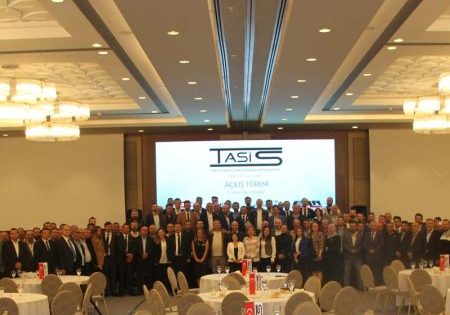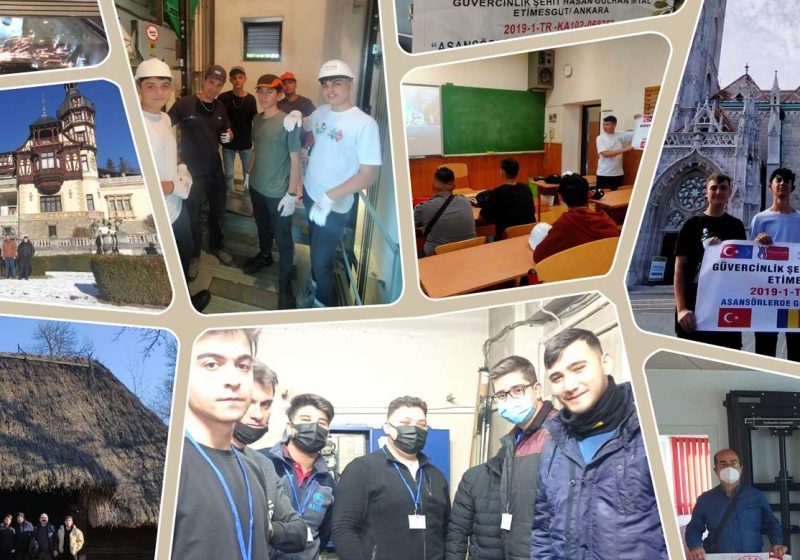The occurrence of occupational accidents in the workplace is only possible if various dangerous situations and behaviors come about successively. This is called accident chain as part of the Occupational Health and Safety Management System.
In other words, the completion of accident chain rings requires several incidents and factors to come together. The fact that the rings of chain tending toward the Occupational Accident are not complete means that the accident will not occur. If we wish that no occupational accident occurs at the workplace, it is necessary to disembody at least one of the rings of the accident chain since we cannot intervene with the entire rings of the accident chain. However, it is possible to minimize these. There is such a ring of the accident chain that intervening with it is in our power. Thus, we can prevent the accident. Rings of the accident chain:
First ring of the chain: Nature of the human being. As is known, the habit of the human being is weak against the conditions of nature. It becomes weak against certain situations, impacts.
Then, the first ring cannot be intervened in any way.
Second ring of the chain: Individual defects. The nature of a person may be impassive, uncaring or hasty, impatient, inattentive and mindless against developments. This applies for reasons such as making short-sighted decisions. In such cases, efforts are given to prevent possible accidents through employing individuals to positions suitable to their nature and characteristics or improving the employees on a continuous basis by providing them with training.
Then, the second ring can be partially intervened.
Third ring of the chain: These come to the forefront as dangerous behaviors and situations.
The accident occurs after these three accident rings come together. Consequently, material losses such as damage, injury and job loss arise at the workplace. Undesired and tragic results such as physical injury, loss of limb or death are seen at the accident victims.
We should eliminate the “dangerous behaviors and situations,” which is the third ring of the chain. to prevent accidents. We can intervene with this ring. If we eliminate the dangerous behaviors and situations, the accident chain will not be complete, and we will not invite occupational accidents.
Given the statistics of the International Labour Organization (ILO) regarding the reasons of occupational accidents, 98% of the accidents are human driven, since they are caused by dangerous behaviors and situations. It is seen that 2% of those accidents are caused as a result of inevitable situations.
Considering these statistics, it is seen that a great part of the occupational accidents (98%) can be prevented when the necessary measures are taken.
That means the occupational accidents are not such accidents occurring due to the nature and features of the job. Every occupation has its own specific risks; thus, we should conduct different risk analyses for different business lines and take measures accordingly.
Lifts, which are among the most important vehicles of the modern era, are found almost everywhere and facilitate our lives. In the 19th century, they used to be found only in mines and factories to carry coal and the necessary materials due to the safety reasons. Buildings in the cities used to be constructed as five-story maximum, in a way that people could climb up the stairs. Lifts were made secure to be used by people as of the mid-19th century, after it was introduced by Elisha Otis that a car could stop safely in case of a rope breakage. Accordingly, the multi-story buildings and even skyscrapers began to be constructed. Therefore, periodic controls are crucial for lifts. For lifts to run properly and long-lastingly, it is necessary to conduct the necessary maintenance regularly. In this regard, there should be an authorized service network in every location in which the lift manufacturers operate. According to the regulations on periodical control of lifts, controls are performed once a year jointly by the machine and electricity engineers, and a periodic control report is issued.
There were formerly warning plates at workplaces saying, “Accidents happen without warning,” but this is not valid today. “Accidents always happen with a warning” now. It is possible to prevent such accidents by taking the necessary measures.
Consequently, taking measures is more cost-efficient and humane than paying a price.
I wish you accident-free and healthy working days.
Get more of Elevator World. Sign up for our free e-newsletter.










